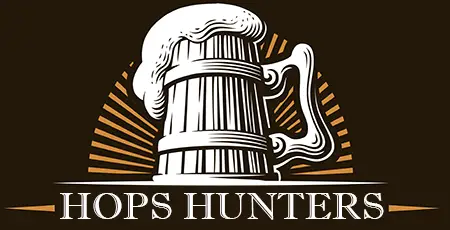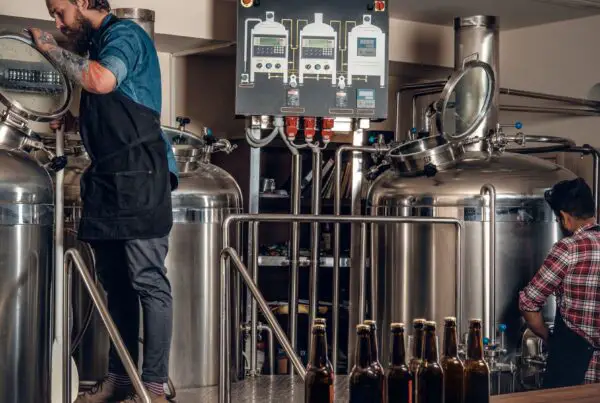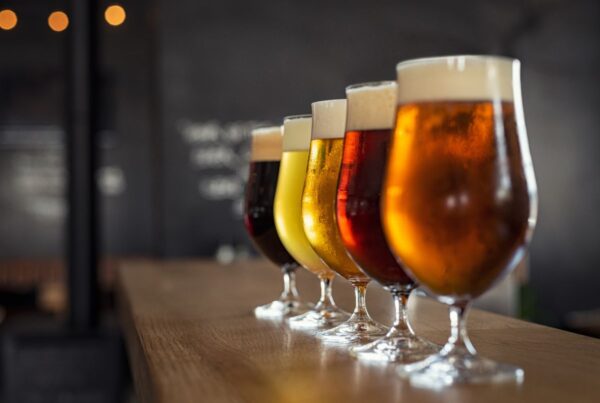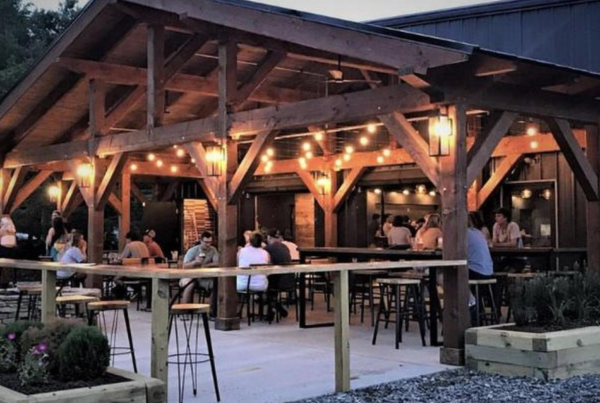Yeast in Beer: How It Affects Ales & Lagers
Q: Does Beer Contain Yeast?
First things first, let’s get one thing straight: Yes, there’s yeast in your beer.
Though not all beers contain the same proportions of ingredients, all styles and types of beers have some amount of yeast in them.
Now that we’ve got that out of the way, let’s dive a little deeper into why yeast is a critical ingredient in beer, and exactly how it shapes your favorite brews.
Why is Yeast in Beer?
Yeast is a single-celled organism from the fungi kingdom—it is not a bacteria. When it comes to beer, yeast has one primary role: fermentation.
So, what does yeast do for beer? A lot. The fermentation process is what sets beer apart from, say, a glass of sweet barley juice.
During the fermentation stage, the yeast consumes the sugars that are present in the wort (the sweet, malty liquid that eventually becomes beer), creating alcohol and carbon dioxide (A.K.A. fizz) as byproducts.
Different Yeasts for Different Beasts
Just as there are two types of beer (ale vs. lager), there are two primary types of yeast used in brewing: ale yeast (Saccharomyces cerevisiae) and lager yeast (Saccharomyces pastorianus):
- Ale yeast works its magic at warmer temperatures (~60 to 75°F) and tends to produce fruity, spicy, or even funky flavors known as esters and phenols. These byproducts are responsible for the distinctive profiles of ales like IPAs, stouts, and saisons.
- Lager yeast prefers cooler temperatures (~45 to 55°F) and is known for producing “cleaner” beer profiles. This generally means fewer fruity or spicy notes, resulting in a more crisp, smooth, and easy-drinking beer. Think pilsners, bocks, and… well, lagers.
Now that we’ve covered Yeast 101, let’s move on to how this fungus influences your favorite brews.
How Yeast Affects a Beer’s Flavor Profile
The specific strain of yeast and the conditions under which it ferments can have a significant impact on a beer’s taste, aroma, and overall character. That’s because in addition to producing alcohol and carbon dioxide, yeast also produces different flavor compounds during fermentation.
- Esters are somewhat fruity, often evoking notes of apple, pear, or banana.
- Phenols impart spicy or clove-like flavor.
The balance of these compounds can vary depending on the yeast strain, fermentation temperature, and wort composition, making for a wide array of potential flavor combinations.
What About Wild Yeasts?
In craft brewing, rules are meant to be bent, twisted, or thrown out the window. Instead of using traditional, tried-and-true ale or lager strains, some small local breweries will experiment with wild or spontaneously fermenting yeasts like Brettanomyces (or “Brett yeast” for short).
While traditional brewing strains like Saccharomyces cerevisiae and Saccharomyces pastorianus have been cultivated and optimized for brewing over the years, wild yeasts are, well, kind of wild. They can produce a range of unique flavors: tart, earthy, sour, fruity, and so on.
In some cases, the specific flavors and complexity they add can’t be replicated with traditional brewing methods. Whether that’s a good thing, or not, depends on the individual beer.
Some brewers will play it a little safer and blend wild yeasts with traditional ale or lager strains to strike more of a balance between the predictable and the unexpected. This approach can yield beers with a more subtle, “reined-in” character, allowing the brewer to create a beer that’s unique but still approachable.
In Conclusion: Takeaways
We’ve learned a lot about yeast and beer today. Let’s quickly recap some of the key points:
- There is yeast in beer, and it’s a critical component in the brewing process.
- The primary role of yeast is fermentation, where it consumes sugars and produces alcohol (C₂H₆O) and carbon dioxide (CO₂).
- There are two main types of yeast used in brewing: Saccharomyces cerevisiae (ale yeast) and Saccharomyces pastorianus (lager yeast).
- Yeast influences a beer’s flavor through the production of esters and phenols.
- Wild yeast strains, like “Brett,” can be used to create unique, unconventionally-flavored brews. Brewers can blend wild yeasts with traditional strains to strike a balance between predictable and unexpected flavors.
Now that you’ve got the lowdown on yeast and its role in beer, check out Hops Hunters’ beer profiles for a treasure trove of information on your favorite suds. With expert insights on everything from hops to brewing techniques to regional brewing styles, Hops Hunters is your go-to source for all things beer!






